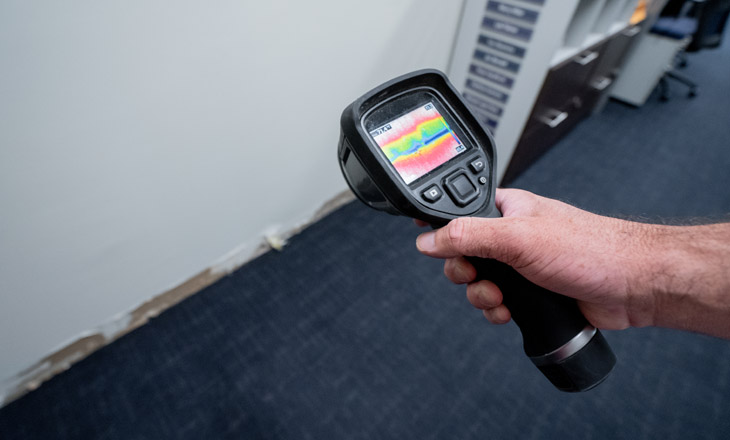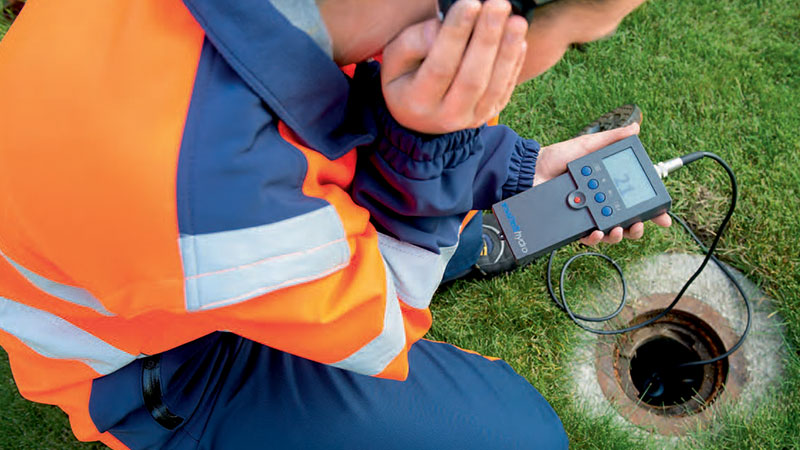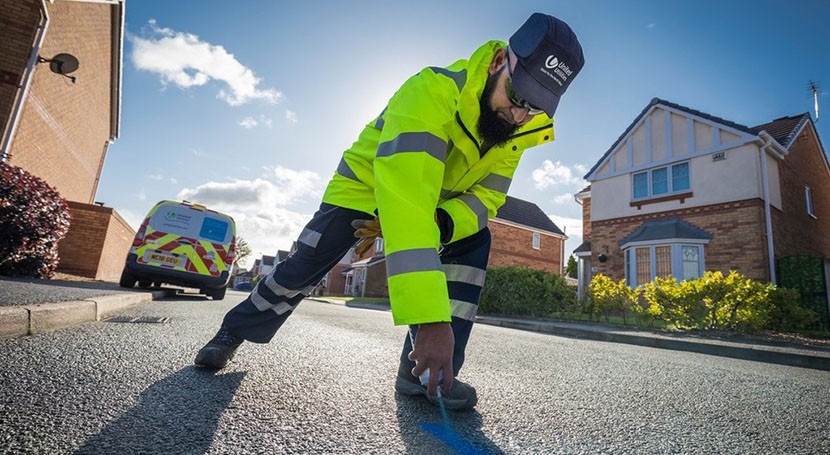Cutting-edge Solutions for Early Detection of Water Leakages in Structures and Facilities
As the integrity of buildings and framework is paramount, the challenge of very early detection of water leaks has actually stimulated cutting-edge options that promise to change the means we protect against possible problems. From cutting-edge leakage detection innovations to the implementation of IoT sensors for real-time tracking, the landscape of leakage avoidance is progressing quickly. Device understanding algorithms offer a glance into the future of leakage forecast, while thermal imaging provides a non-intrusive technique for pinpointing concealed leakages. Automated water circulation analysis systems are improving how leakages are determined and resolved, leading the way for a positive technique to water leakage detection. Each of these services holds the vital to guaranteeing the dependability and long life of our constructed environment, prompting a shift in the direction of an extra lasting and efficient future.
Advanced Leak Discovery Technologies
Advanced leakage discovery modern technologies, outfitted with cutting-edge sensors and algorithms, play a vital function in quickly determining and pinpointing water leaks in numerous settings. These innovations employ a mix of acoustic, thermal, and electro-magnetic noticing techniques to discover leaks accurately. Acoustic sensing units find the noise of leaving water, enabling precise localization of the leakage resource. Thermal imaging discovers temperature level adjustments triggered by water leakage, providing an additional efficient method for leakage recognition. Electro-magnetic sensors can identify adjustments in magnetic fields triggered by water, providing yet another layer of leak discovery ability.

IoT Sensors for Real-Time Monitoring
In the realm of contemporary water leakage discovery, the integration of IoT sensing units for real-time surveillance stands for a pivotal development in boosting aggressive leakage detection abilities. These sensors use continual surveillance of water supply, providing real-time data on water flow rates, stress variants, and temperature changes. By leveraging IoT technology, these sensors can find also the tiniest abnormalities in water usage patterns, allowing early identification of prospective leaks before they escalate into major concerns.
IoT sensors transmit data to a central system, where innovative formulas examine the details and create informs or notices when irregularities are discovered. This real-time tracking ability allows homeowner or center supervisors to without delay resolve leakages, lessening water damage, reducing repair prices, and preserving water sources.
Furthermore, IoT sensors can be integrated with building monitoring systems, enabling automated responses to discovered leaks, such as closing off water shutoffs or activating pumps to minimize the effect of leaks. Generally, the application of IoT sensors for real-time surveillance dramatically improves the efficiency and efficiency of water leak discovery in his explanation structures and facilities.
Artificial Intelligence Algorithms for Leak Forecast

One key benefit of utilizing device learning for leak forecast is its ability to continually discover and improve its precision in time. As more information is gathered and fed into the formula, it can refine its forecasts and adapt to transforming conditions, inevitably boosting the dependability of leak detection systems.
Moreover, maker knowing formulas can help in recognizing subtle indications of leaks that might go unnoticed by standard monitoring techniques. water leak detection. By analyzing complicated information embed in real-time, these algorithms can provide early cautions and alerts, permitting prompt intervention and preventative maintenance to minimize potential water damages and linked costs
Using Thermal Imaging for Leakage Detection
Thermal imaging innovation uses wikipedia reference an encouraging strategy for spotting water leaks in different systems and facilities. By making use of infrared radiation and temperature level variances, thermal imaging cameras can identify hidden leaks that are not easily visible to the nude eye.
Among the crucial advantages of thermal imaging for leak detection is its non-intrusive nature. Unlike traditional methods that might call for damaging into walls or floorings to situate leakages, thermal imaging permits non-destructive screening. This not just conserves time and minimizes expenses however also minimizes disruption to the structure or facilities being examined. Furthermore, thermal imaging can rapidly scan huge locations, offering an extensive overview of possible leakage sources in a timely way. Generally, the use of thermal imaging modern technology boosts the effectiveness and accuracy of water leak discovery, making it an important tool for keeping the integrity of structures and facilities.
Automated Water Flow Evaluation Systems
Just how can automated water circulation analysis systems change the detection and monitoring of leaks in numerous systems and infrastructures? Automated water circulation analysis systems use an aggressive method to leakage detection by continually monitoring water flow prices and patterns. By establishing baseline information, these systems can quickly determine inconsistencies that may suggest a leakage, enabling timely treatment to stop considerable damage.
These systems use innovative algorithms to evaluate real-time information and give immediate notifies when abnormalities are spotted, enabling for speedy activity to be taken. Additionally, automatic water circulation evaluation systems can be incorporated with building administration systems or IoT platforms, enhancing total performance and enabling remote tracking abilities.
In addition, the information accumulated by these systems can be utilized for anticipating maintenance functions, helping to identify potential weak points in the framework prior to leakages happen. Generally, the application of automatic water flow evaluation systems can dramatically boost leakage detection click here for more and management practices, inevitably causing cost financial savings, lowered water waste, and boosted sustainability in buildings and facilities.

Verdict
In verdict, the integration of advanced leak detection technologies, IoT sensors, artificial intelligence formulas, thermal imaging, and automatic water circulation evaluation systems uses ingenious options for early detection of water leaks in structures and framework. These modern technologies make it possible for real-time surveillance, prediction of leaks, and efficient detection approaches to protect against water damages and wastage. Executing these services can help in keeping the honesty and sustainability of water supply in different settings.